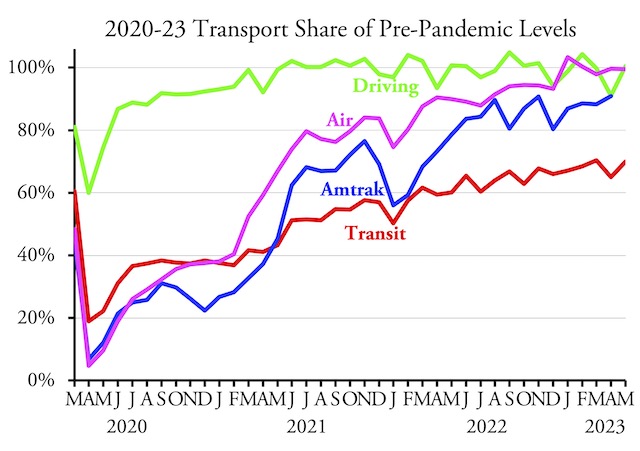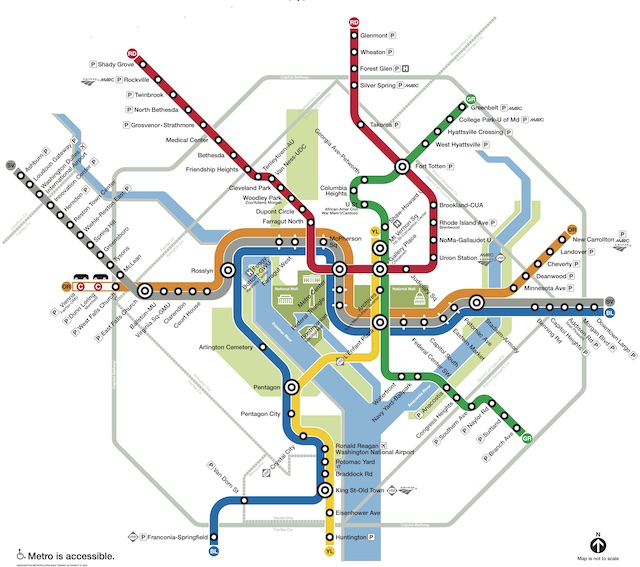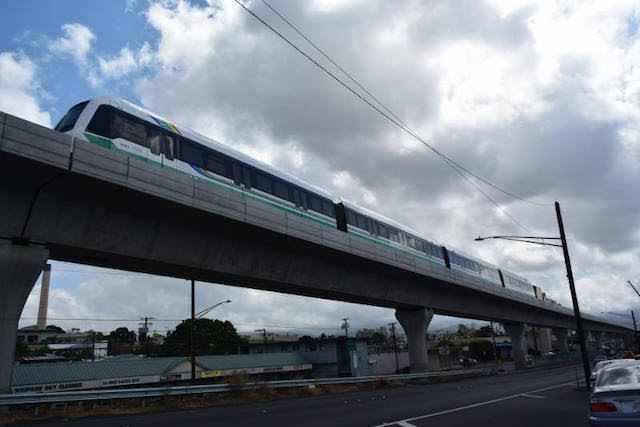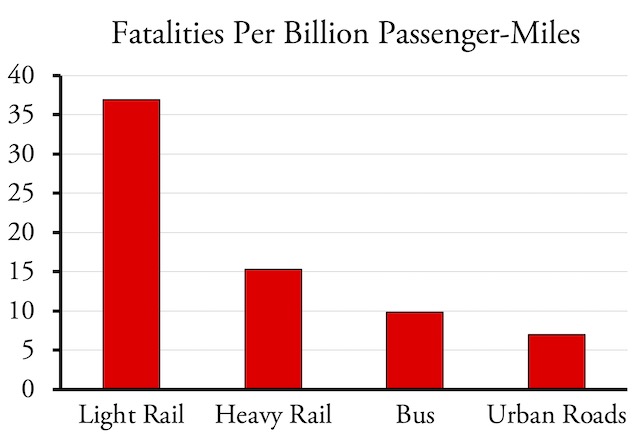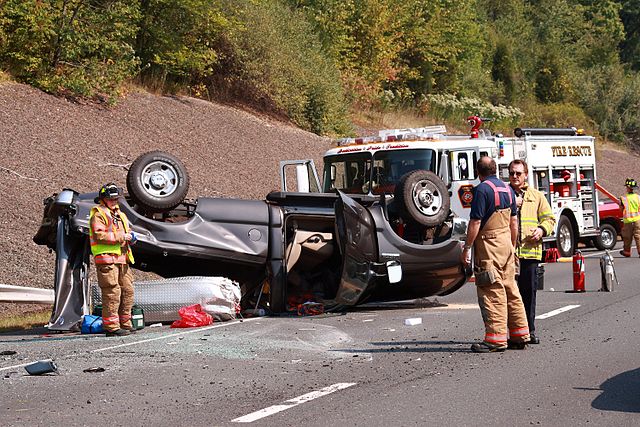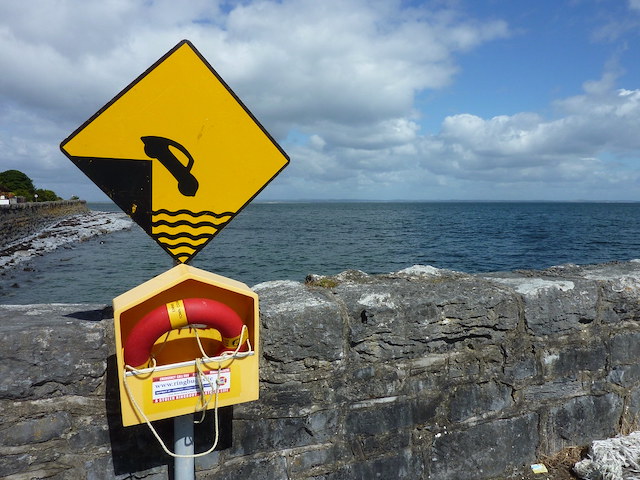A video is going around of a Charlotte streetcar being delayed because someone left their car parked on the tracks.
The Antiplanner’s question is: who should be more embarrassed? The idiot driver who left their car on the tracks? Or the idiot transportation planner who thought it was a good idea to spend $150 million on a streetcar that can’t go around obstacles in the road when for a tiny fraction of that money the same (or better) service can be provided by buses that can easily drive around parked cars? Continue reading

